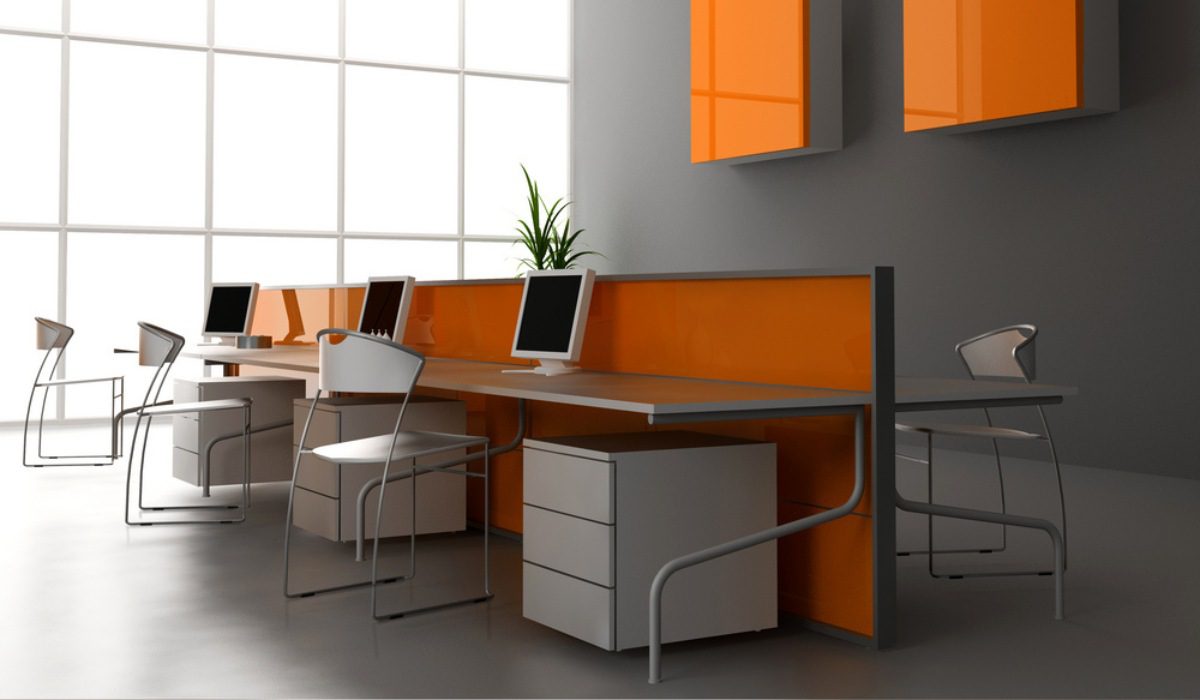These days offices have transcended their traditional role. They are not only a place for employees to come, work, and leave, but also a place where they can learn and connect. They have changed as per employees’ preferences and modern lifestyle as employees spend a significant amount of time here. Recognising this, it has become crucial for the management to design office interiors that reflects peace, calmness and cosiness. Remember, only a peaceful and conducive atmosphere can enhance productivity and efficiency.
Here we will discuss how various colours and textures can transform the office interiors and make it a likeable place that helps enhance productivity and efficiency of the employees working there.
See also: Hybrid workforce space: How to design an office that works for everyone?
Colour psychology
It focuses on how different colours can influence our emotions and cognitive processes. The usage of cool colours like blue and green in office interiors can promote a calm environment. On the other hand, warm colours, such as red and orange focus on energy, mood and creativity.
Connect to nature
Biophilic design principles suggest that incorporating natural textures, such as wood, stone or plants, can improve the overall well-being and productivity. Adding things like indoor plants, natural wood finishes or stone accents can help connect to nature, reduce stress and increase satisfaction at the workplace.
Enhance visual appeal
Textured walls, wallpapers or decorative finishes can add visual appeal and depth to the office environment. Consider incorporating textured wall panels, wallpapers with patterns or 3D wall installations to create focal points and stimulate creativity.
Acoustic considerations
Textured materials can also reduce noise inside an office. When it comes to office layouts, textured wall coverings, acoustic panels and fabrics can help absorb noise and create a calm and focused environment.
Boost productivity
Certain colours can promote concentration, and productivity. Shades of blue are often associated with increased productivity and calmness. Consider using blue in areas, where people need to work with concentration and clarity, such as workstations or meeting rooms.
Foster creativity
Colours like green and yellow can stimulate creativity and innovation. Green has a calming effect and enhance concentration, making it an ideal choice for conference and meeting rooms. Yellow, on the other hand, evokes energy and optimism and can be used as an accent colour to add vibrancy and stimulate creativity.
Balance emotion
Colours evoke different emotional responses. Red and orange, for example, can be used sparingly in areas that need energy and attention, such as sales and marketing cabins.
Use of natural light
A combination of large windows that allow natural light to come in, accompanied by a soft colour palette, creates a tranquil atmosphere, enhanced further by incorporating shades of natural green. This allows employees to experience the benefits of natural light, such as mood, concentration and increased vitamin D levels.
Organic forms and shapes
Integrating organic and natural forms into workplace design can evoke a sense of harmony and balance. Incorporating materials like wood or stone can create a visually appealing environment that connects employees to nature. Curved lines, flowing contours and biomorphic shapes further enhance this connection, stimulating a conducive atmosphere.
Personalisation
Employees can add personal touch to their workplaces, such as choosing colours and textures that resonate with their preferences, keeping personalised items, planting, etc. This personalisation fosters a greater sense of motivation, as employees are surrounded by things that reflect their individuality, leading to increased productivity and job satisfaction.
Incorporate textures
Integrating textured materials in office interiors, such as textured walls, tactile surface, or soft fabrics, can provide employees a sensory experience. These textures impart a sense of touch, giving a soothing effect. Such elements help employees to focus on work, leading to improved productivity and satisfaction.
Office interiors not only meant for decoration, but for employees’ well-being and engagement, emphasising on the importance of creating a conducive environment to work.
(The author is Managing Director and CEO, Eleganz Interiors)
| Got any questions or point of view on our article? We would love to hear from you. Write to our Editor-in-Chief Jhumur Ghosh at jhumur.ghosh1@housing.com |







